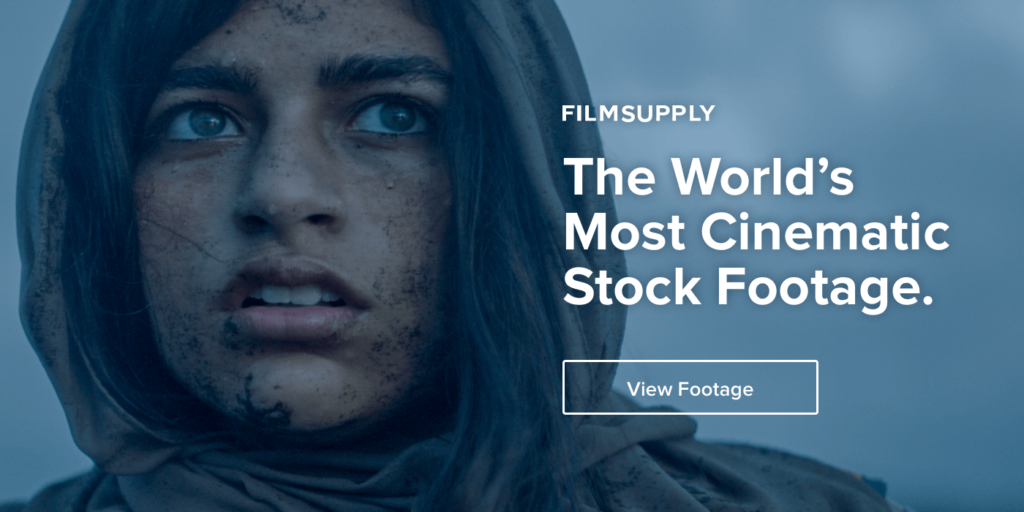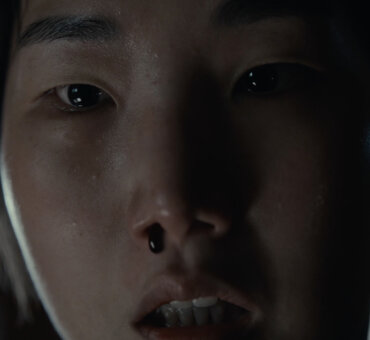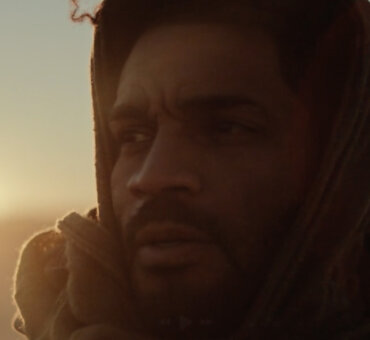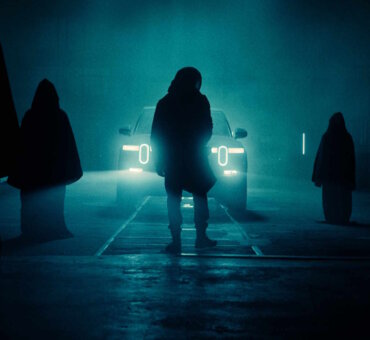More than a camera or a script or a release strategy, the most fundamental tool for any film is your perspective. It’s the umbrella for your production, informing everything from the casting process to the way you tell people about it at parties. Your perspective is your film.
Director Chloe Hayward embodies this notion perfectly. As a model and actress since the age of 15, with plenty of good and bad experiences under her belt, Hayward wields a deeply personal perspective on beauty. It’s that richly informed perspective that makes her film Between the Years so powerfully authentic.
“You can put your feet in someone else’s shoes, but if you haven’t ever been there you’re never going to be able to make a film that’s specific and nuanced, and subtle. When people try and make something that they have never come close to, the subtlety is lost.”
Chloe Hayward
Between the Years is a subtle, nuanced examination of the many ways women experience community through their own beautifying process. And while it’s a meditative and quiet film, the question at the core of Between the Years is presented with supreme confidence and clarity: What is real beauty?
To answer that question, among many others, here’s director Chloe Hayward.
Where did the concept for Between the Years come from?
I wanted to make an “anti-commercial” beauty film, and I’d been thinking about exploring this through generations of women within different families across different cultures. I was planning to try and shoot something myself and fund it myself. And then, the team at Filmsupply saw another film I made about domestic violence. They got in touch with me and asked me to pitch an idea. The writing process really gave me a lot of clarity about the themes I wanted to explore.
I wanted to make something about women and originally thought a fashion brand would sponsor it. But brands are somewhat hesitant about showing older women—apparently it doesn’t sell. That sparked a bit of a rebel spirit in me in terms of bringing this film to life.
I wrote the pitch and decided I wanted it to be filmed in the homes of real women, no studios, no flashy lighting. It makes for such a truthful experience for the women and for us coming in to shoot them doing their real beauty rituals at home. I wanted to make something that was basically a middle finger toward the predominant beauty standards that women are still faced with.
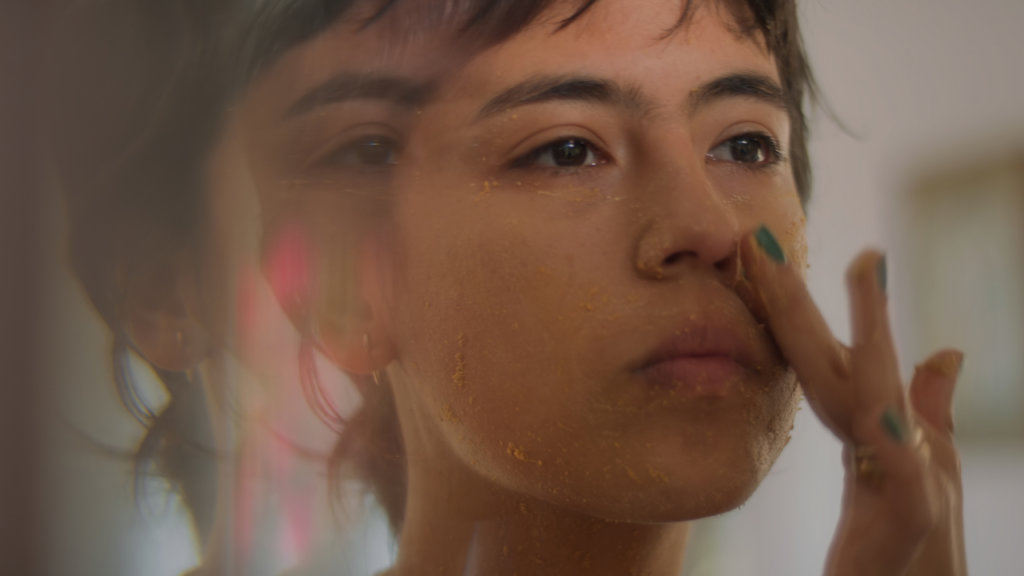
What is beauty? Who is a beautiful person? The beauty industry is a multi-billion dollar industry. It’s expensive, and sometimes these products are completely out of reach. They make you feel like you need them in order to be beautiful. But really, as I started researching and asking women about what beauty meant to them, one thing always came up: Beauty is more about the inner.
It’s about the legacy of how we embody our predecessors. I started to think, “How do I make something that makes people and women, in particular, reframe their perspective on beauty?”
Did a lack of a brand attachment transform your process?
It was super freeing to not have an ad agency or client say, “We need this shot of the application of a cream.” While clients and brands may have the best intentions about wanting to pivot away from the tropes of the conventional beauty ads, it often becomes harder in the execution.
This process was completely free. It was informed very much by the truth of what women really do as opposed to coming in and saying, “Okay, well I guess you guys brush your hair. Can you do it in this way? Can you do your makeup like this?
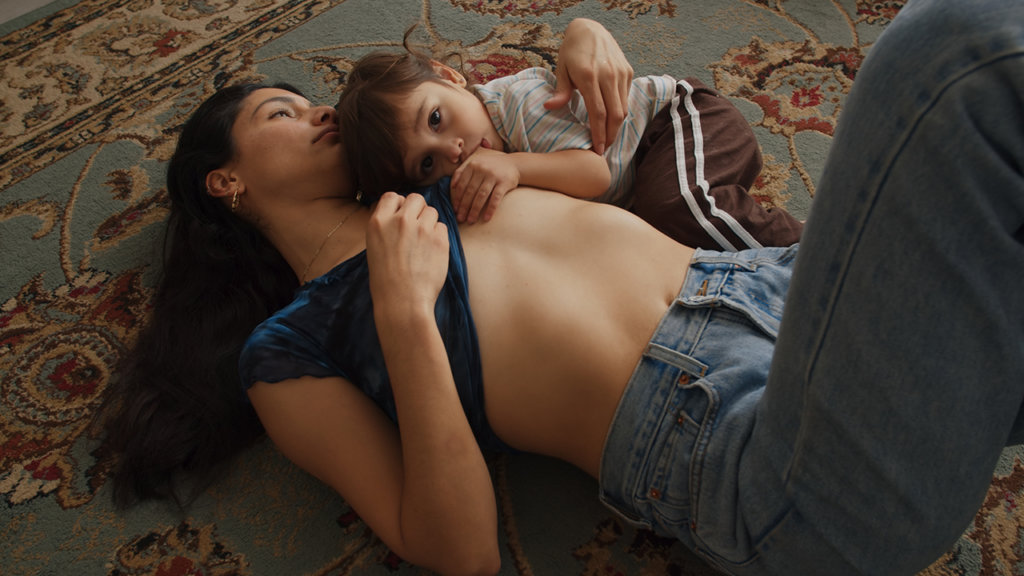
Between the Years came together in the best way it could have because there wasn’t a brand attached and I didn’t have to meet their goals. It’s genuine and authentic to these women’s real lives. This film is in service of these women, instead of these women servicing the film.
I wanted it all to be very truthful. It’s shot with mostly natural light. Our cinematographer Ismail Shallis is insanely gifted at making something documentary look cinematic on the fly, barely putting in any lights into scenes. Shooting in this way is already a very different way of looking at the tones and textures of skin. To me, there’s something very beautiful and moving about seeing a grandmother’s skin texture, a mother’s skin texture, and then a child’s skin texture, and celebrating how your skin changes. They’re all beautiful and they carry history. They should be celebrated, not airbrushed out.
What was the process for casting your talent?
We didn’t necessarily want people who said, “I want to be in front of the camera.” That really wasn’t the vibe I was after. Our casting director Samantha Blake Goodman has an incredible angle on casting; her approach is very non-commercial. She scours for these incredibly unique faces that really suit the world of this film.
The film would be nothing without the casting. I did these auditions on Zoom and we could tell quite quickly who understood what we were going for. It was really special. The week I did casting, so many women were excited about the questions I was asking about. What did you learn from your mother? Or, what is your beauty “failure” and what would you change? How do you want your daughters to feel about themselves? Women were really forthcoming and excited to talk about this. I realized I was onto a subject that really resonated with women.
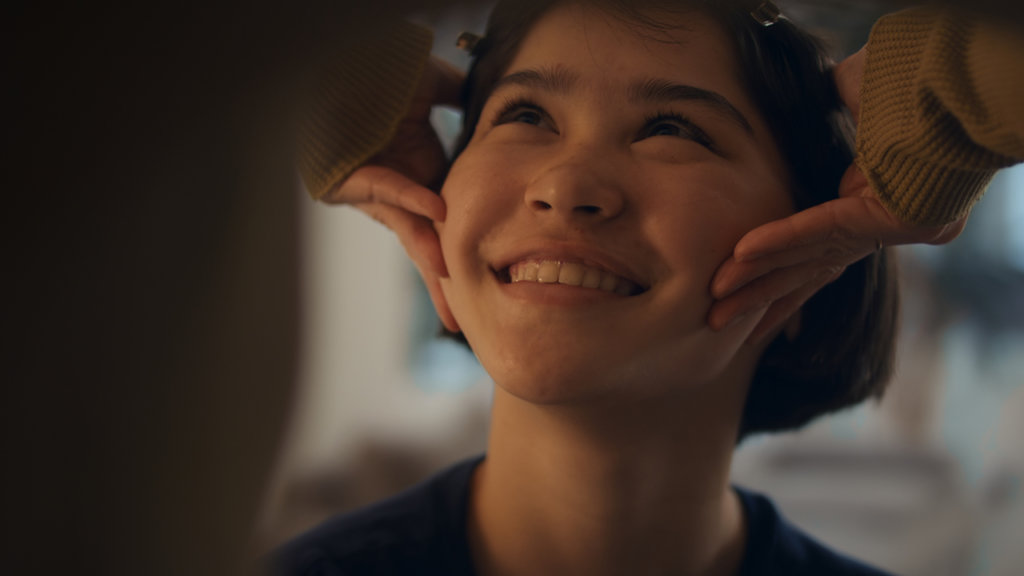
For me, directing is 90% casting, especially for a project like this. If the casting isn’t right, you really shoot yourself in the foot because the camera always reads truth. Another obstacle in terms of casting is booking people who are not comfortable in front of the camera. It becomes a real struggle. I really love the casting process, it’s pretty electrifying when you find someone who has that magic quality, where they can be real in front of the camera and forget it’s there.
Obviously, intimacy is so important for a film like this one. How do you create that environment as a director?
Setting up things for them to do is a really crucial point. That’s a directing tip that I think people should know more about. If your mood-board references are all stills, for example, that doesn’t really help the person in front of the camera forget about being on camera. Whereas if you say, “Okay, this is the setup. You’re cooking a meal. You’ll boil the water. You are going to cook pasta. You’re braiding her hair.”
You can see in pretty much every single shot—someone is doing something. Whether it’s putting on cream, painting their nails, or doing their makeup. In one setup, the toddler in the family just picked up the nail varnish and started painting their mother’s toenails. We quickly grab that shot because that’s a spontaneous, beautiful moment. By setting up stuff, you allow for spontaneity and for these magic moments to happen. Directing something like this is doing whatever you can do for the cast to feel like the camera is invisible. I really wanted these women to behave together as they would when they’re alone.
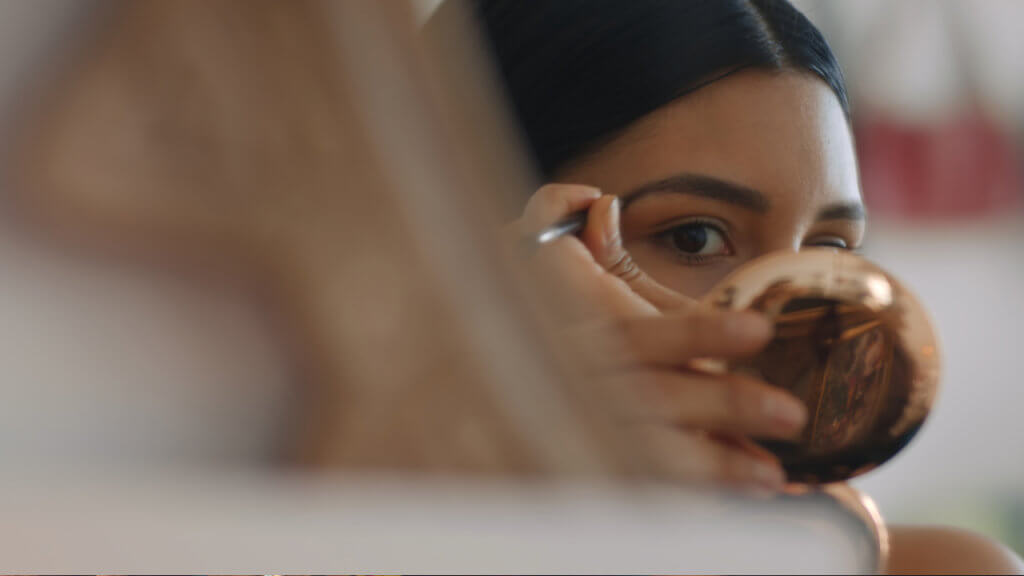
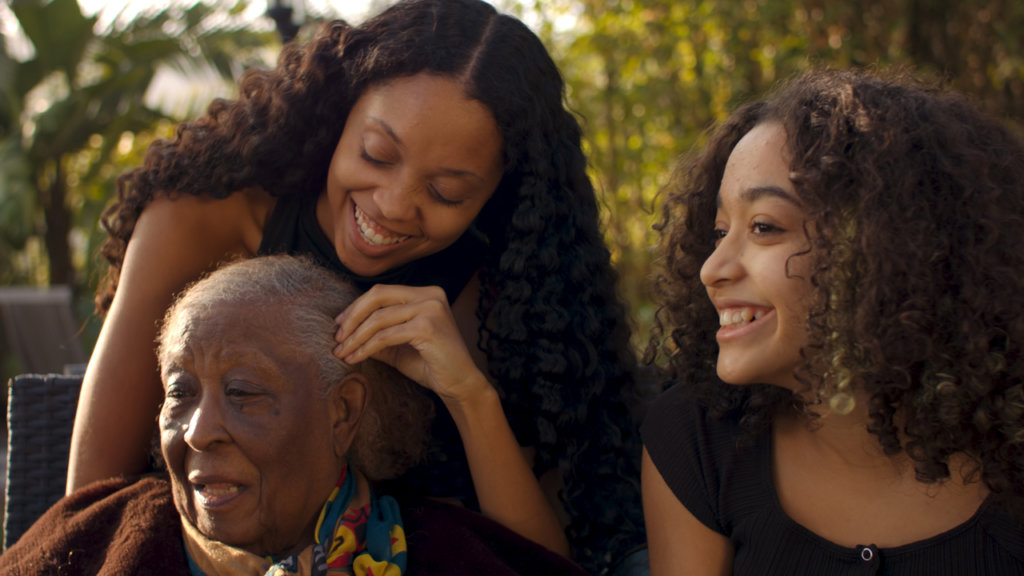
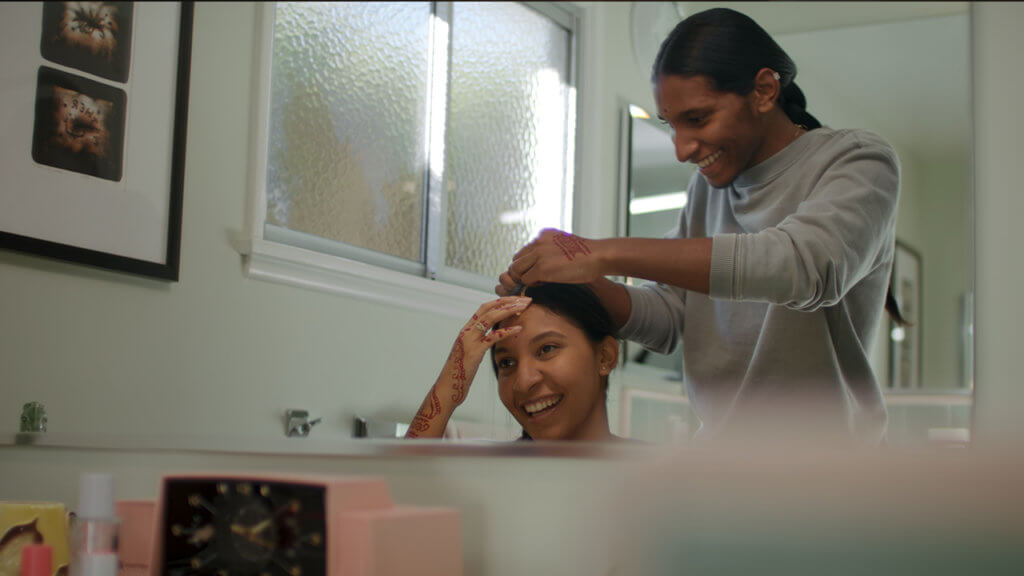
I spent time with these women before as much as I could to get to the heart of their beauty routines as families together. With a framework based on their true behavior at home, I was really asking them to come as they are. They’re all wearing their own clothes, in their own homes, using their own products. There’s nothing too prescribed and that is one of the most captivating things to me because it becomes about their own naturalness. It seems pretty simple, and it is, it’s stripped back in a way that conventional beauty films often aren’t.
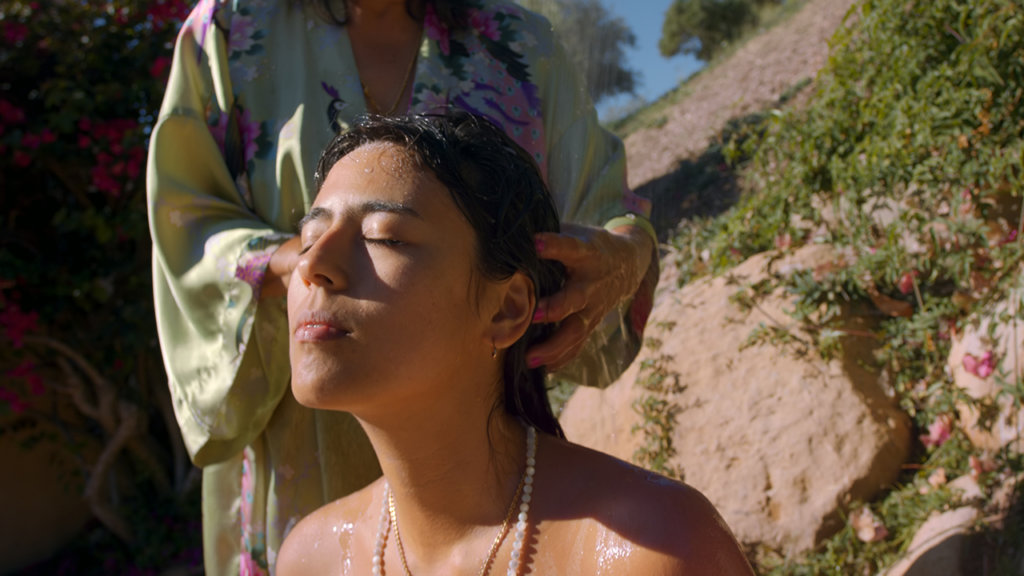
There are so many happy accidents that happened through this way of letting their lives inform the film. For example, when I asked the last mother in the film, “What’s the most beautiful part of your body?” She said, “My hands.” I’d already wanted to shoot the family doing henna to one another because it’s a beautiful and unique ritual within their culture. But, when I asked her that question, I thought, “Oh, wow. That’s what her VO is going to be centered around then.” You couldn’t hope of writing her saying that.
There’s so much space to the film. It’s very refreshing. How did you create that space?
It’s only a five-and-a-half-minute film, but we have 25 people as our cast. You need to have that space to hear what these women are talking about. I was also so engaged in the film that I knew what they were saying and what it all meant. I had to present it to fresh ears and eyes, people whose opinion I trust implicitly, and ask them, “Do you know what’s going on?” I’m constantly reviewing and thinking about how it’s going to land.
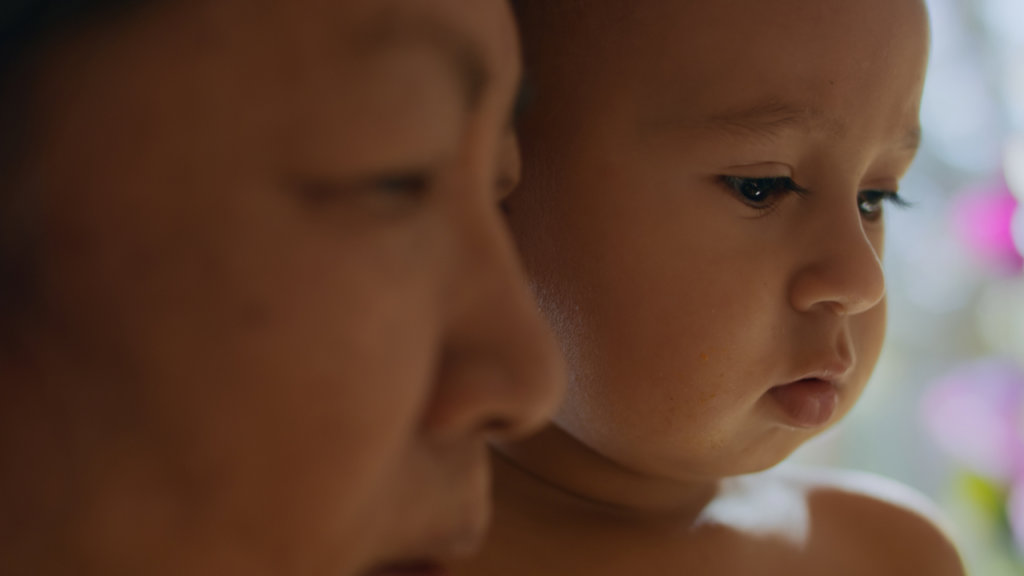
But, I love editing because I learn about directing by editing. And I think if anyone’s wanting to become a director you might have to learn to edit. First, because of the money aspect. I saved a bunch of money that could go back into the film because I edited the film. But also, I enjoy editing all my work because I’m learning and thinking about how to lead from scene to scene. That’s the main challenge for a director. How do I tell this story in all these little mosaic pieces and make them connect back together scene by scene to make sense as a whole?
How did the spontaneous nature of this project affect your post-production process?
That’s a great question. In some instances, time restrictions meant shooting two families in one day. We had three or four hours of shooting time, which is ample if you are prepared and planned and you’re going in with a shot list. Because of that, a lot of the match cuts in the film were very deliberate. I wanted to go from one family doing their toenails and doing an at-home spa to another family. And it works. In the film, I have Karen at the beginning doing her mother’s manicure on the couch, and then I go to a teenager on her bed painting her toenails. So that’s a match cut that was very much planned to help the structure in post.
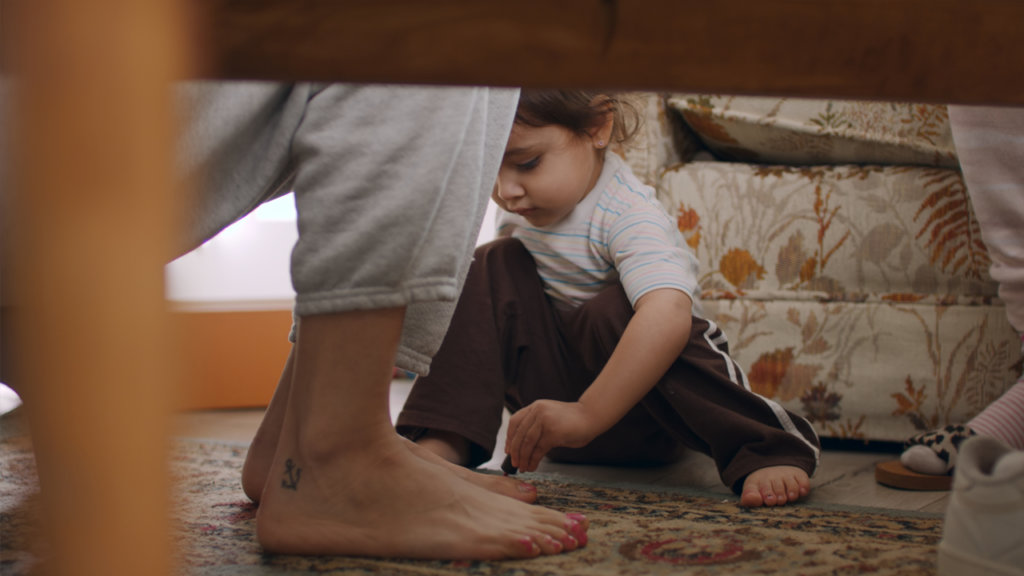
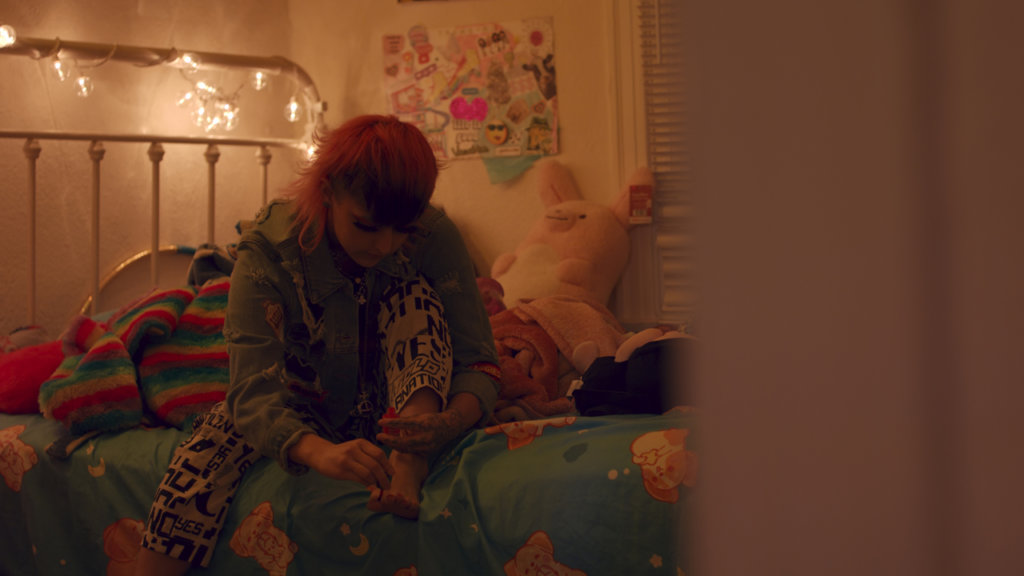
The main issue was how to marry all these different women’s lives together in a way that shows a universal thread. Most women do a lot of beautifying at home, and there’s this visual similarity there that’s universal. It’s almost like ASMR. There’s something very soothing about it.
I’m a self-taught editor, so I don’t really have an ordained style. It’s more instinctive. It just has to feel right. At one point, I was crosscutting back and forth more between the different families, but I wasn’t really getting a sense of spending time with these families. Then I had to go back. I went through all the VO to try and find a through-line that links one family to the next, which ultimately helped the structure. It’s a process that requires patience for a film of this nature but it pays off.
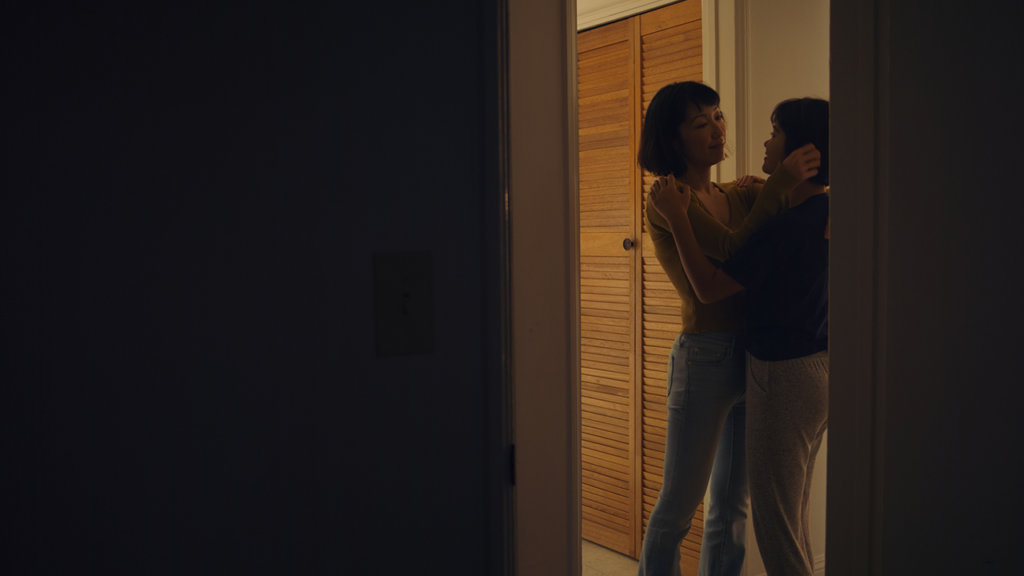
You have to make sure everything is serving the story and try not to dictate too much what the audience is going to make of it. This is a very female film by a woman. Some people may think, “I have no idea what this is about.” But, it’s very deliberately for women. That’s the audience I’m intending this for in a lot of ways.
Why is it important for women to tell their own stories?
It’s about lived experiences. If you have lived experience as a woman, you are probably going to bring an authenticity that someone else wouldn’t be able to bring. It comes back to authenticity. You can put your feet in someone else’s shoes, but if you haven’t ever been there, you’re never going to be able to make a film that’s specific and nuanced, and, most importantly, subtle. For me, when people try and make something that they have never come close to, the subtlety is lost.
It’s a privilege to be able to show these women who represent beauty that is genuine and diverse. It’s crucial to allow women to feel beautiful in their truth, not the beauty standard that we’ve all had shoved down our throats for years. Because I’ve modeled, I feel quite passionate about that. I think it’s partly my duty to question and pave the way for other women.
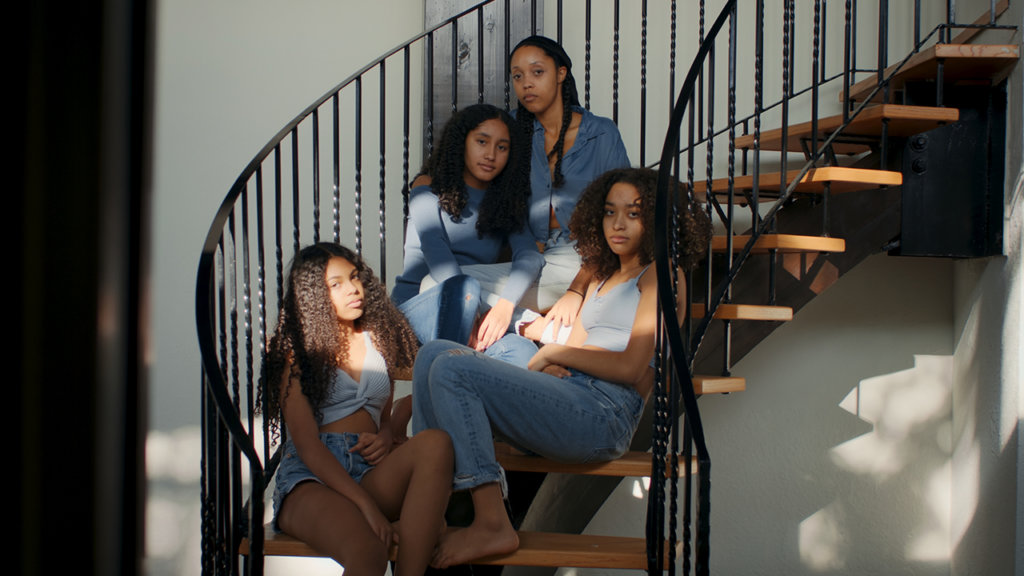
I really just want every woman to feel seen. Everyone wants to be seen. Everyone wants to feel seen and heard and accepted for who they really are, and this film is just the beginning. There’s so much more to this. This film is very much just dipping my toes into this idea of what beauty means through the lens of different generations and cultures. Once you start exploring this theme, it’s full of so much more we should all be questioning and shows how much further we have to go.
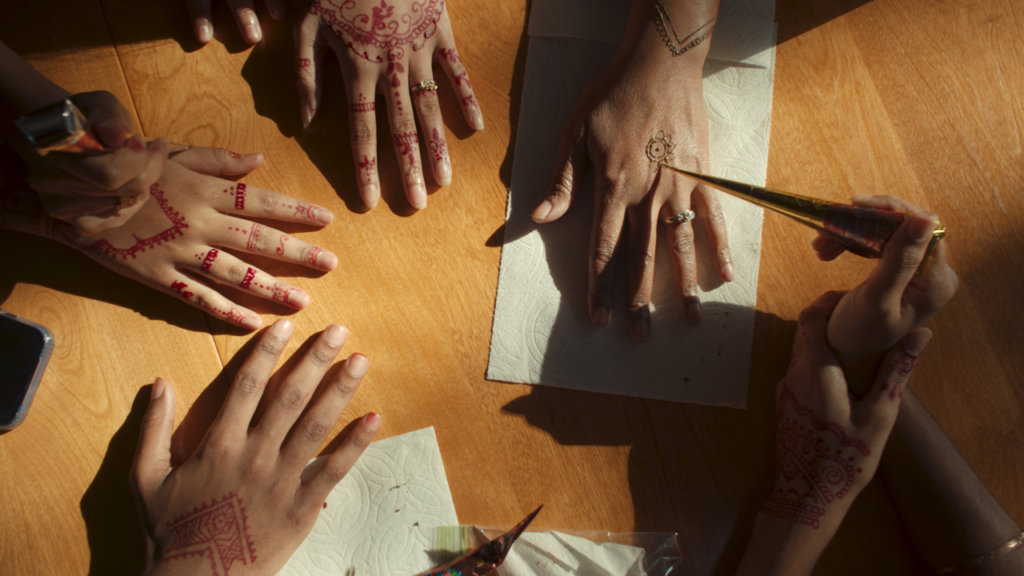
For me, it’s about the community of women, how we help and soothe one another. The salon environment, whether it’s in a salon outside, a beauty parlor, or at home, is where women go to nurture each other—for community, for solace, and for peace. If you grow up in a family with loads of women, you might be setting your grandmother’s hair every Sunday. And that means you’re sharing stories, secrets, advice and sometimes even philosophy.
It’s really about what women do when we’re alone together in their communities. Empowerment gets passed down, which is really beautiful and touching to me, and I hope people get that from this film. I’m amazed that we managed to put it all together, and I’m really proud of these women for letting us into their homes and letting us shoot these very intimate moments. It was a truly special process—everyone’s spirit was in total alignment with the values of what the film is about, inside and out.

